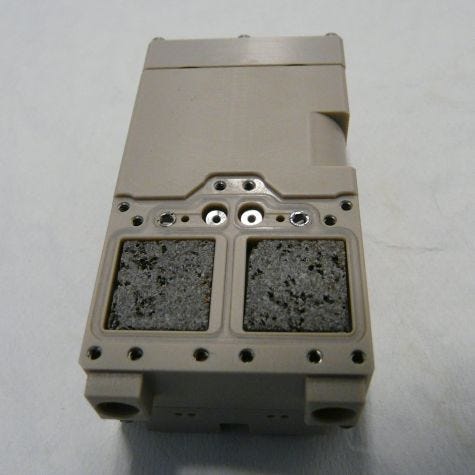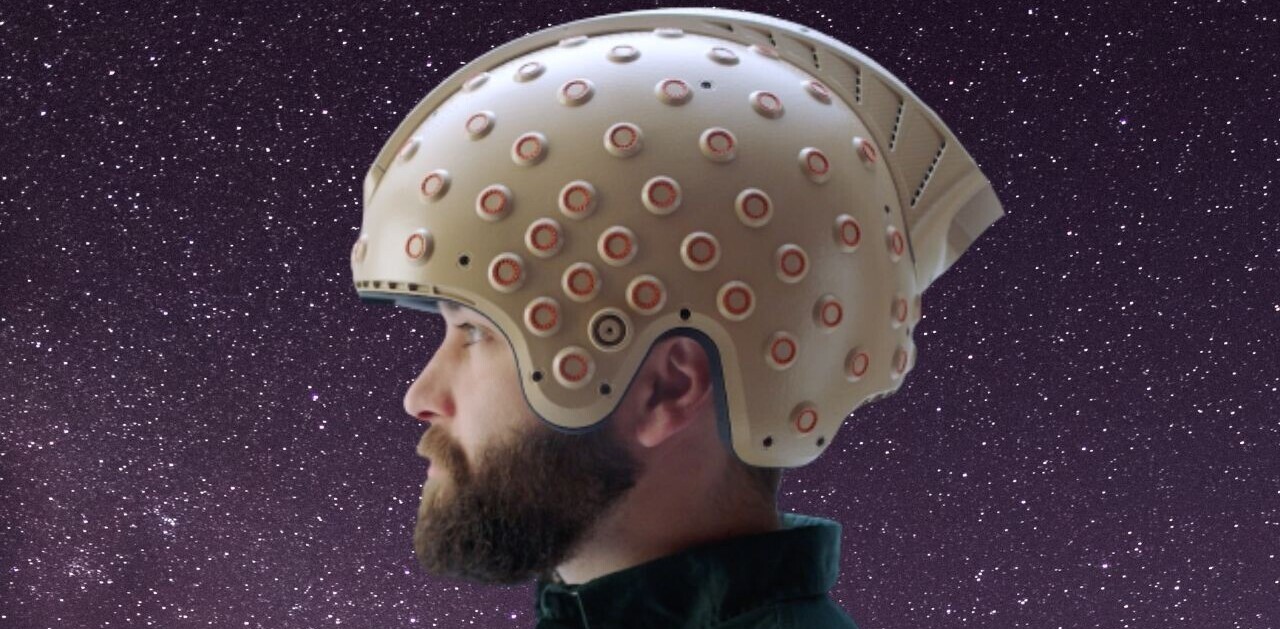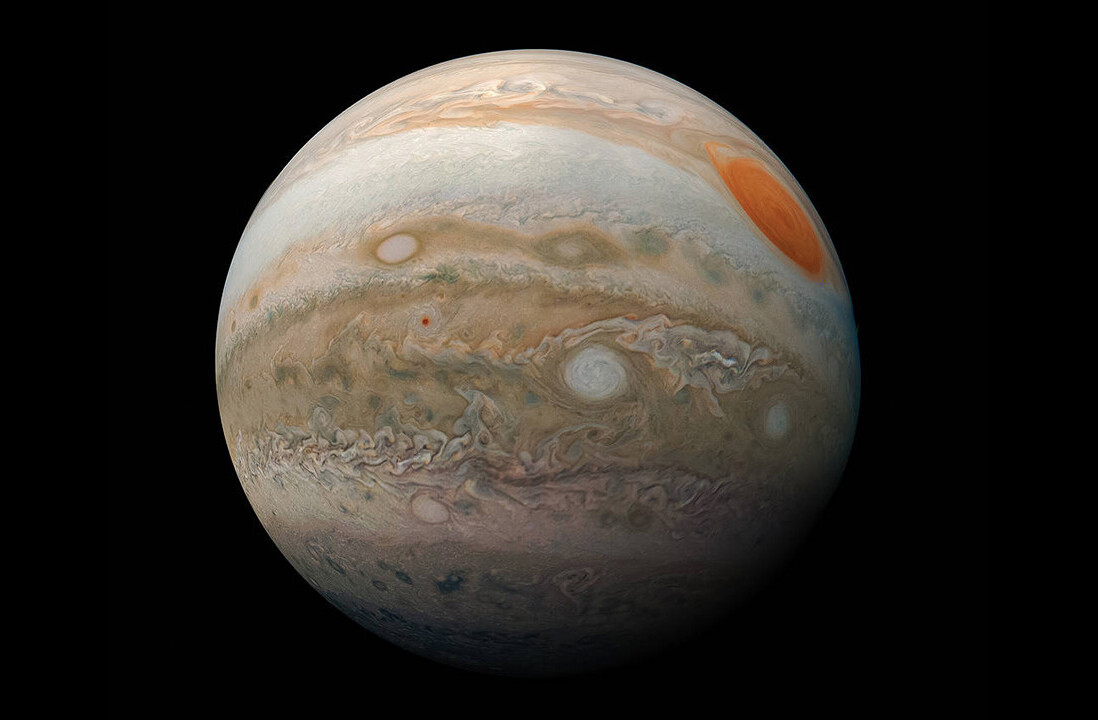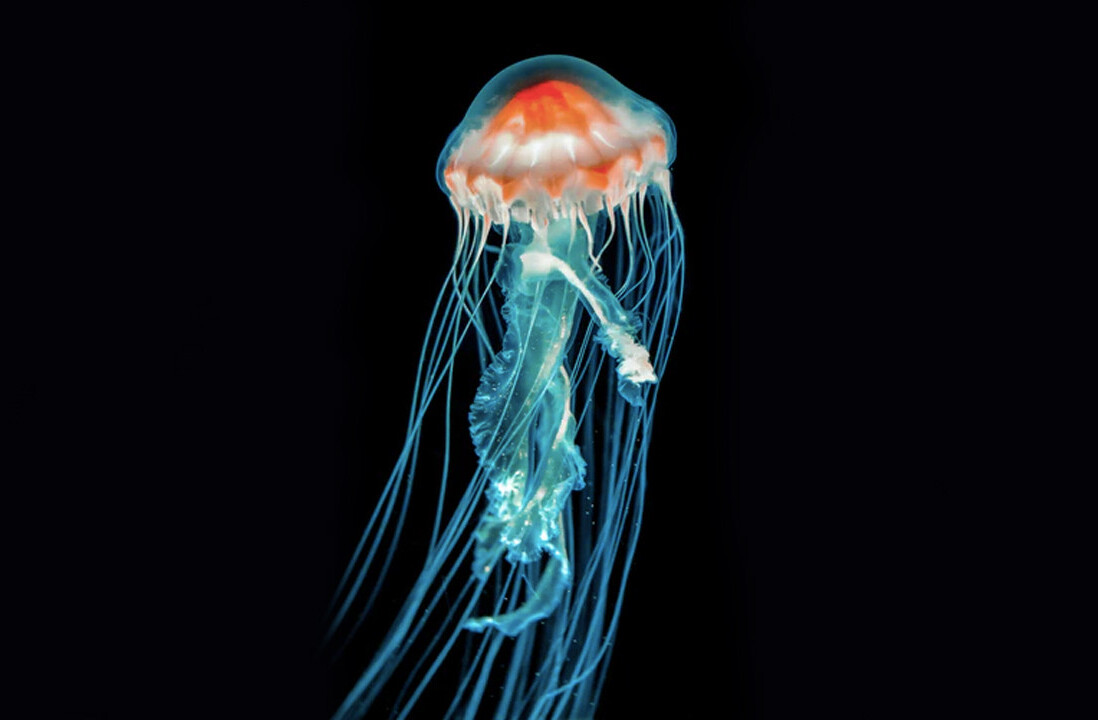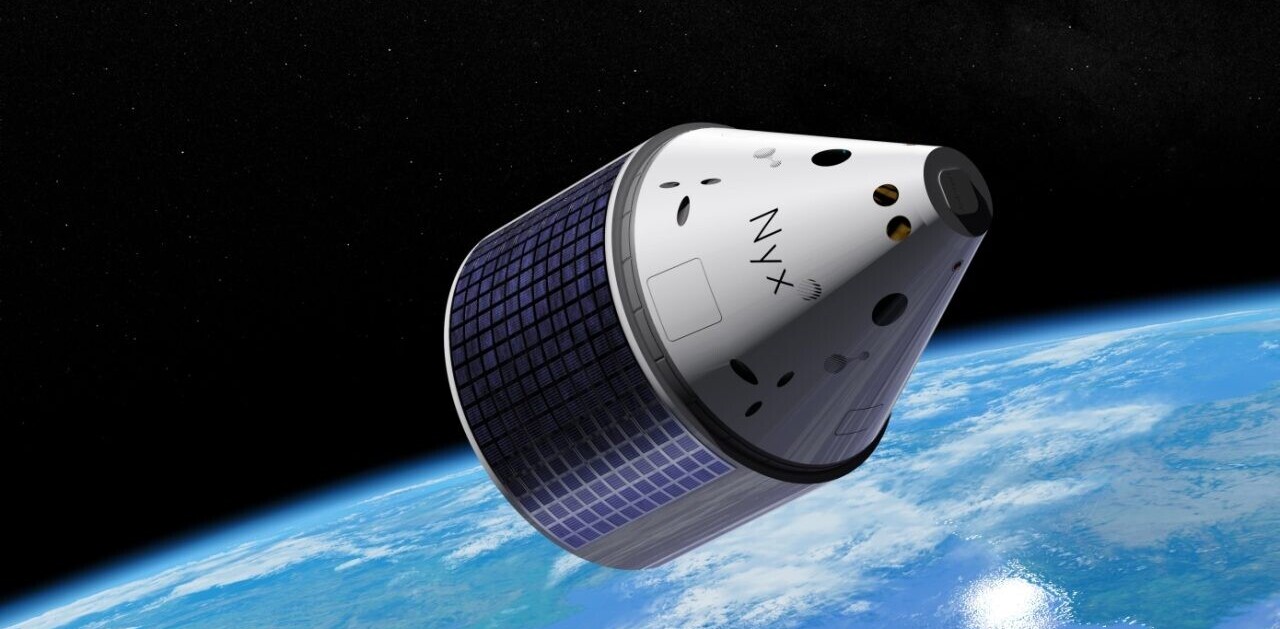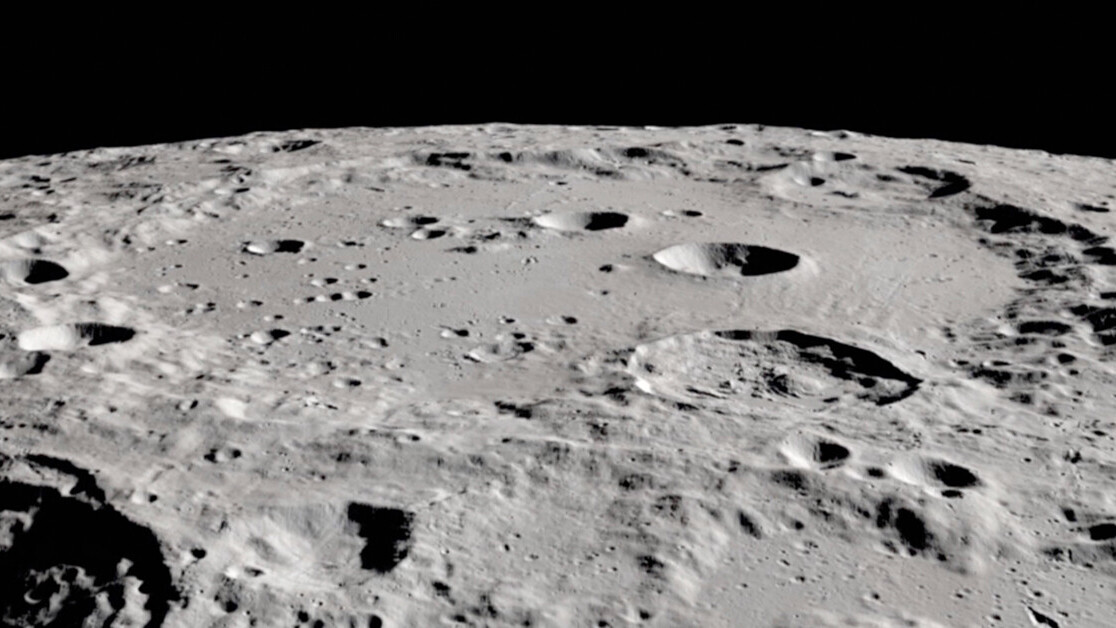
As humans reach out into the solar system, it will be necessary to use resources available on other worlds. Carrying building supplies from Earth via rockets is both impractical and frightfully expensive. The best solution is to find means to utilize materials found on the Moon and Mars.
A new experiment conducted aboard the International Space Station (ISS) showed certain bacteria can extract materials from rocks found on the Moon and Mars useful to interplanetary colonists. Bacteria mining the Moon and Mars, interplanetary colonists could obtain iron, magnesium, and minerals to supply systems providing air and water.
“Single-celled organisms have evolved over time on Earth to extract nutrients and other essential compounds from rocks through specialized chemical reactions. These bacterial processes are harnessed to extract about 20% of the world’s copper and gold for human use. The scientists wanted to know if they worked in microgravity too,” MIT Technology Review reports.
[Read:
The trick is fitting bacteria with little miner’s hats
Researchers at the University of Edinburgh spent 10 years developing biomining reactors.
In July 2019, eighteen of these matchbox-sized devices were launched to the International Space Station aboard a SpaceX rocket. Each of these minuscule reactors was loaded with basalt rocks (similar to those on Mars and The Moon), immersed in a bacterial solution.
Three varieties of bacteria were tested over 36 experiments called BioRock, with Sphingomonas desiccabilis having — far and away — the greatest effect on the extraction of the minerals.
For three weeks, the samples were subjected to the microgravity environment aboard the ISS, as well as simulated gravitational fields similar to those found on the Moon and Mars. No significant difference was found among samples in various gravitational fields.
Rare Earth elements are vital to the production of nearly all electronic devices.
“For example, our results suggest that the construction of robotic and human-tended mines in the Oceanus Procellarum region of the Moon, which has rocks with enriched concentrations of rare earth elements, could be one fruitful direction of human scientific and economic development beyond Earth,” stated Professor Charles Cockell, in the School of Physics and Astronomy at the University of Edinburgh.
Ore… Ore… Ore… Hear me out, Here…
Biomining on Earth assists in the refinement of copper, gold, and other materials from raw ore. Bacteria mining the Moon and Mars could provide valuable resources through this established process, the study showed.
“The ability to mine for materials in space (i.e. for building a future Lunar or Martian base) can lessen the need for the use of precious resources on Earth, and the associated transport resources,” NASA describes.
“Every being devotes and dedicates itself to some innate purpose. Single cells, microbes, plants, insects, animals — every being makes its own unique contribution.” ― Julie J. Morley, Future Sacred: The Connected Creativity of Nature
Researchers are looking at ways to build lunar colonies from lunar regolith — potentially with the addition of human urine.
Colonists on Mars could grow crops in Martian soil, enhanced to make it fertile for terrestrial plants.
In addition to developing new means to extract material from planetary surfaces, this study can also add to our knowledge of how gravity affects plants here on Earth.
“This process can in some circumstances reduce the environmentally damaging use of toxic compounds such as cyanides. These microbial interactions with minerals are also used to decontaminate polluted soils, in a process called bioremediation,” researchers suggest in Nature Communications.
Currently, SpaceX plans to put one million people on Mars by the year 2050. Providing that number of people with food and supplies will likely require bacteria mining the Moon and Mars, turning crust into supplies to feed and house interplanetary explorers.
This article was originally published on The Cosmic Companion by James Maynard, founder and publisher of The Cosmic Companion. He is a New England native turned desert rat in Tucson, where he lives with his lovely wife, Nicole, and Max the Cat. You can read this original piece here.
Astronomy News with The Cosmic Companion is also available as a weekly podcast, carried on all major podcast providers. Tune in every Tuesday for updates on the latest astronomy news, and interviews with astronomers and other researchers working to uncover the nature of the Universe.
Get the TNW newsletter
Get the most important tech news in your inbox each week.

